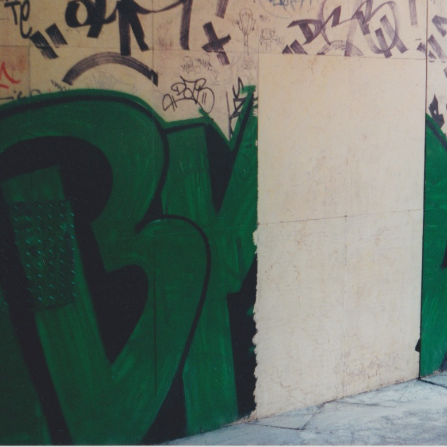Eco-friendly high pressure cleaning – Documentation, analysis, and open-hardware-strategy for an innovative cleaning system
- Subject:Design methods, Eco-friendliness, Open Hardware
- Type:Masterarbeit
- Tutor:
The aim of this master's thesis is to document and evaluate a newly developed industrial ultra-high pressure cleaner. The device operates at up to 1600 bar pressure with minimal water consumption (2.4 l/min) - around a tenth of the consumption of conventional systems - and is electrically operated with just 7.5 kW. It enables environmentally friendly, chemical-free cleaning of a wide range of surfaces, even indoors. The technology significantly reduces resource consumption, operating costs and environmental impact.

Aim of the thesis
The aim is the holistic preparation of the cleaning system as a technical case study, taking into account sustainability, open hardware development (Open Hardware License, OHL) and economic usability.
The Master's thesis can contain the following components (also combined):
- Technical documentation (incl. CAD drawings, parts list, functional principles, composition)
- Evaluation and comparison of components in terms of cost, quality, sustainability and supply chain
- Analysis of the OHL strategy: opportunities and risks of open hardware in the industrial environment
- Literature research on the technological history and state of the art of comparable systems and open innovation approaches
- Development of a possible patent strategy for some parts and/or deliberate OHL publication
- Value creation through possible business models with OHL: potential markets, service models, funding
Methodology
The work should be practice-oriented and interdisciplinary. It is a new contribution to the handling of intellectual property in engineering and economics. Therefore, a scientific publication is possible. The main focus is on the presentation of the documentation according to OHL and the evaluation of the business potential. Literature research, interviews with experts and market participants, evaluation of prototypes and technical and economic considerations of the case study can serve this purpose.
Supervision & Resources
- Access to prototypes and technical drawings (partly as CAD files)
- Additional support and possible co-authorship by the project initiator with expertise in behavioral economics and publication experience (e.g. European Economic Review)
- Contacts to potential customers, competitors, suppliers and experts
Expected outcome
- Scientifically sound and practically relevant preparation of the cleaning system
- Contribution to sustainable industrial equipment
- One publication, one patent and/or one release as open hardware
